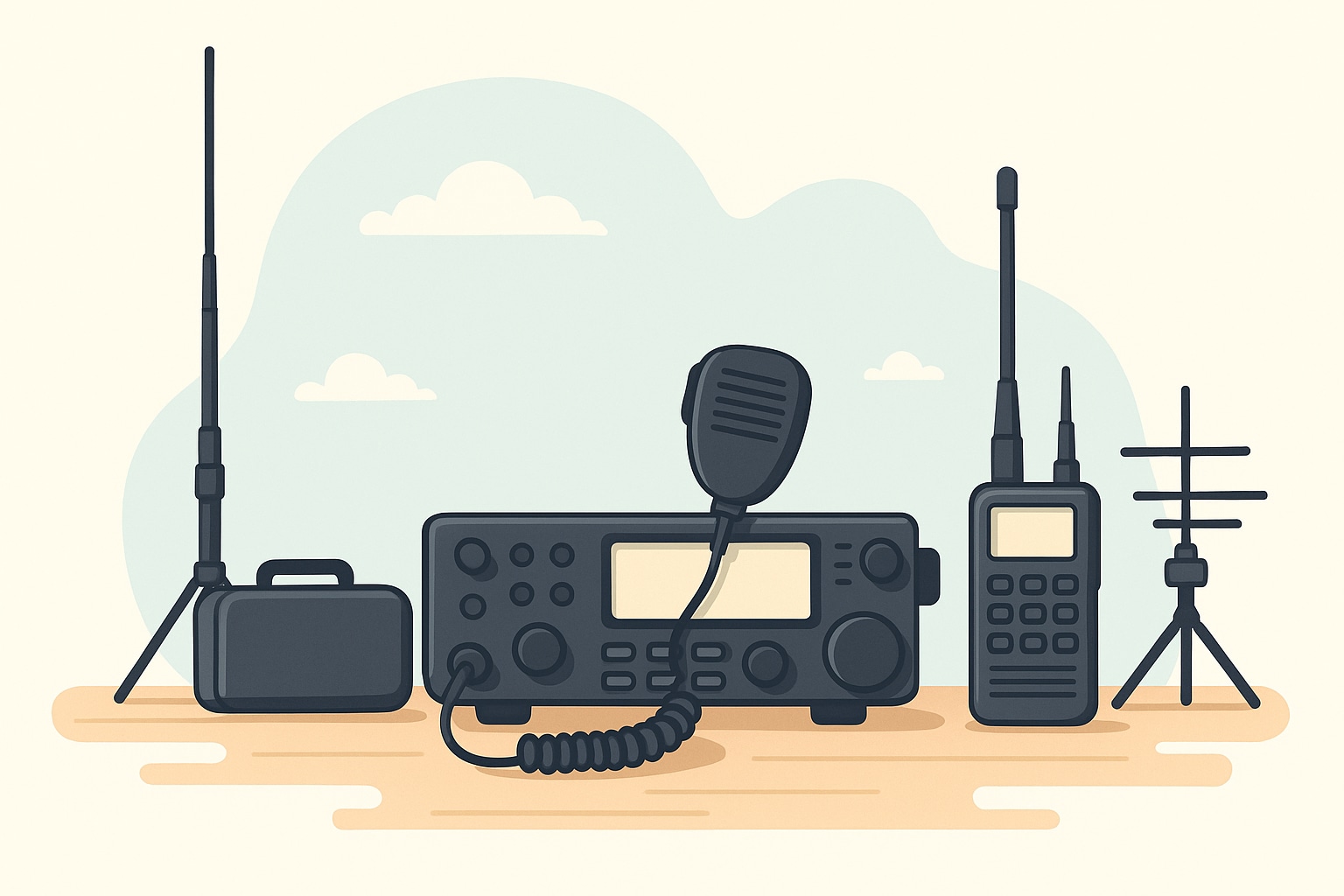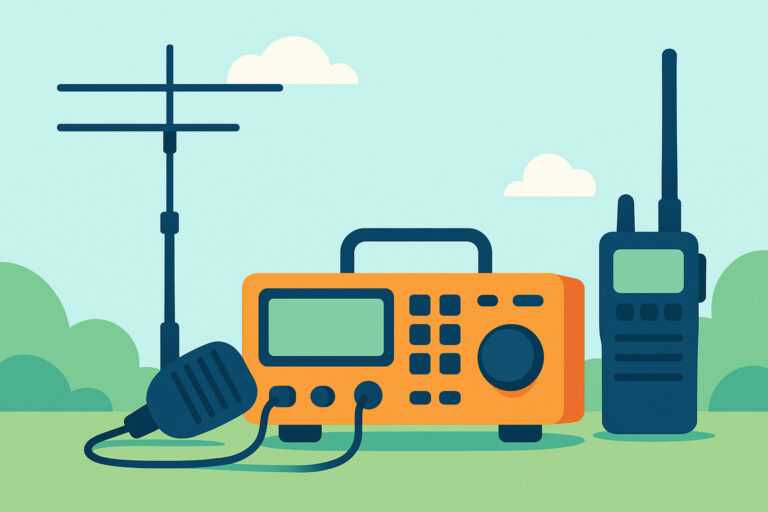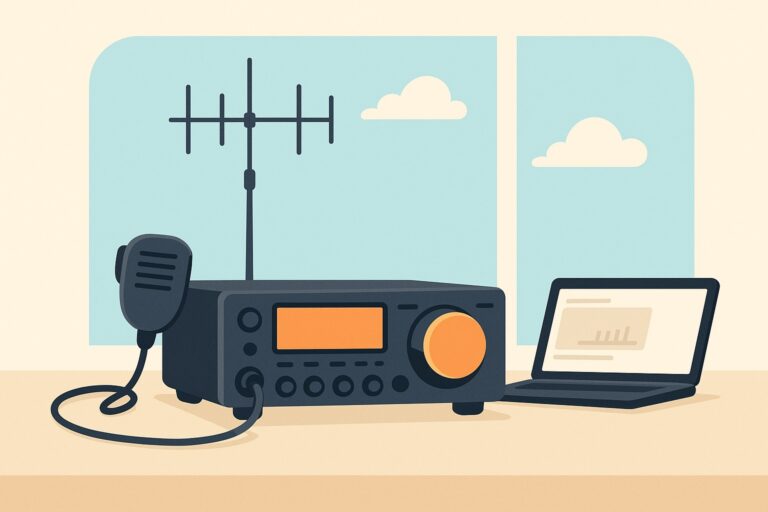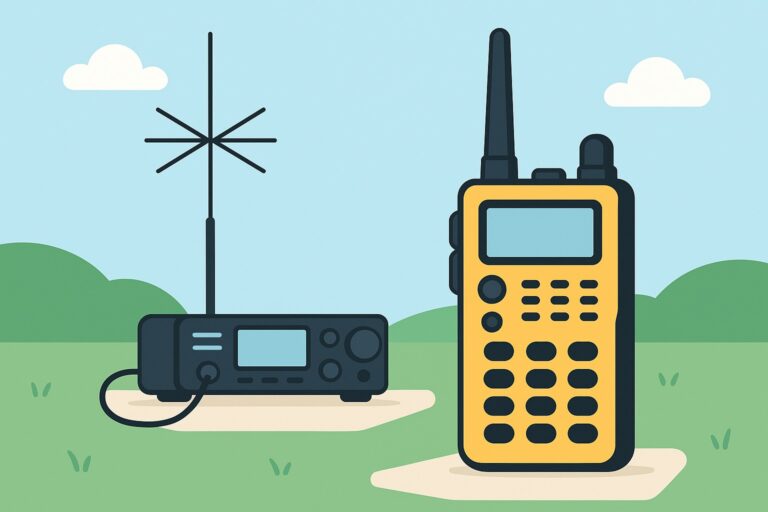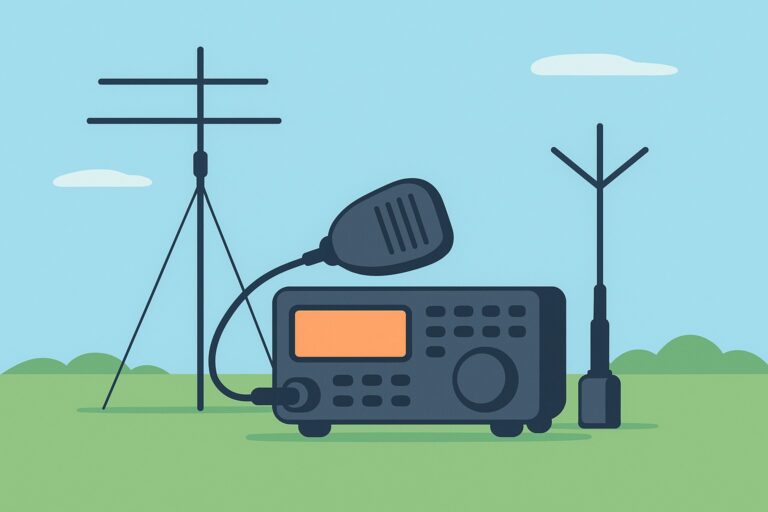Essential Ham Radio Accessories for Intermediate Operators
Expanding your ham radio station as an intermediate operator is an exciting journey. With a solid foundation in the basics, you’re now ready to enhance your setup with essential accessories that boost performance, improve reliability, and open new doors in communication. The right gear not only elevates your experience but also ensures you’re prepared for a range of operating conditions and challenges.
Essential Ham Radio Accessories for Intermediate Operators
Introduction to Essential Accessories
As your skills and interests develop in amateur radio, it becomes clear that the transceiver and antenna are just the beginning. To maximize your station’s potential, certain accessories become indispensable. These tools and devices help you optimize your signal, maintain reliable operations, and keep accurate records of your on-air activity.
Intermediate operators often seek to improve everything from signal clarity and antenna performance to operational safety and contest efficiency. Investing in the right accessories ensures you get the most out of your equipment, handle unexpected situations, and enjoy a smoother, more rewarding ham radio experience. The following sections highlight the must-have accessories every intermediate ham should consider incorporating into their station, as recommended by experts and enthusiasts at https://hamradioplayground.com.
Antenna Tuners: Optimizing Signal Transmission
An antenna tuner is one of the most valuable additions to any ham radio station. Even with a well-designed antenna, mismatches between your radio and antenna can result in weak signals and increased noise. This is where the antenna tuner comes into play, enabling operators to fine-tune the match between the transmitter’s output and the antenna’s impedance.
By effectively balancing the impedance, an antenna tuner ensures that most of your radio’s power is transmitted through the antenna, rather than being reflected back into the system. This not only strengthens your signal but also protects your radio from potential damage. As stated, “An antenna tuner helps match the impedance between your radio and antenna, improving signal strength and reducing noise.“
There are different types of antenna tuners available, including manual and automatic models. Manual tuners offer hands-on control and are often favored by operators who enjoy fine-tuning their equipment, while automatic tuners provide convenience and speed, especially when operating across multiple bands. When choosing an antenna tuner, consider your typical operating frequencies, antenna types, and whether you prefer manual or automated adjustments. Intermediate hams often find that a good-quality tuner dramatically improves both their transmitting and receiving capabilities.
- Manual Tuners: Offer precise control; ideal for tinkerers.
- Automatic Tuners: Fast and convenient; great for multi-band operation.
- Built-in Tuners: Some modern transceivers include integrated tuners for basic adjustments.
With proper use, an antenna tuner can be the key to unlocking your station’s full potential, especially in portable or multi-band setups.
SWR Meters: Ensuring Antenna Efficiency
Standing Wave Ratio (SWR) meters are a critical accessory for any intermediate ham. They serve as diagnostic tools that help you monitor the efficiency of your antenna system. By measuring the ratio of forward to reflected power, SWR meters indicate how effectively your antenna is radiating your signal.
High SWR readings can signal a poor match, which might lead to reduced performance or even damage to your transmitter over time. That’s why it’s essential to regularly check and adjust your antenna system using an SWR meter. To quote the experts, “An SWR meter measures the efficiency of your antenna system, ensuring optimal performance and preventing potential damage to your radio equipment.“
For intermediate operators, using an SWR meter becomes second nature, especially when experimenting with new antennas, adjusting feedlines, or operating in unfamiliar locations. SWR meters can be found as standalone devices or integrated into antenna tuners and transceivers. Dedicated meters often offer higher accuracy and more features, such as dual-needle displays and power measurement capabilities.
- Standalone SWR Meters: High accuracy and often include additional features.
- Integrated SWR Meters: Convenient for quick checks, but may lack precision.
- Combination Meters: Some devices combine SWR and power measurement for comprehensive analysis.
By regularly monitoring your SWR, you ensure your station operates efficiently and safely, making this tool a must-have for any serious ham operator.
High-Quality Microphones: Enhancing Audio Clarity
Clear, crisp audio is essential for effective ham radio communication. While stock microphones included with many transceivers are functional, upgrading to a high-quality microphone can make a dramatic difference in how you sound on the air. Not only does it improve your ability to be understood, but it also reduces listener fatigue during long QSOs.
There are several types of microphones to consider, including dynamic, condenser, and electret models. Each offers distinct advantages, but the key goal is always the same: to transmit your voice with clarity and fidelity. “High-quality microphones, such as those from Heil Sound, can significantly enhance audio clarity in ham radio communications.“
Intermediate operators often experiment with different microphone types to find the perfect match for their voice and operating style. Features such as adjustable gain, built-in equalization, and noise-canceling capabilities are highly sought after. Desk microphones, boom-mounted units, and even headset microphones are popular choices, especially for contesting and digital modes.
- Desk Microphones: Provide professional sound quality and comfort for long sessions.
- Boom Microphones: Versatile for multi-tasking and hands-free operation.
- Headset Microphones: Ideal for contests, digital operation, and noisy environments.
Investing in a reputable microphone not only improves your on-air presence but also demonstrates your commitment to quality communication within the ham radio community.
Power Supplies: Maintaining Reliable Operations
Reliable power is the backbone of any successful ham radio station. Without a consistent and clean power source, even the best equipment can become unreliable or even fail. That’s why choosing the right power supply—and having a backup plan—is critical for intermediate operators.
Most modern transceivers require a 13.8V DC supply, but the amount of current needed can vary depending on the power output and features in use. Linear and switching power supplies are the two main types. Linear supplies are known for their low noise, while switching supplies are compact and efficient but may require additional filtering for sensitive applications.
- Linear Power Supplies: Low noise, ideal for base stations, but heavier and less efficient.
- Switching Power Supplies: Lightweight and energy-efficient, suitable for portable and backup setups.
- Backup Solutions: Batteries and generators ensure continued operation during power outages or field activities.
Don’t overlook surge protection and proper grounding as part of your station’s power management strategy. This not only protects your equipment but also enhances safety during lightning storms and utility issues. A well-planned power system, including backups, ensures you stay on the air when it matters most.
Logging Software: Keeping Track of Contacts
As your activity increases, keeping accurate records of your contacts becomes essential. Manual logbooks have their charm, but digital logging software streamlines the process and adds powerful features for the modern operator.
Popular logging programs offer easy entry, search, and export functions, along with integration for digital modes, QSL management, and real-time online databases. Many also support contest-specific features, making them invaluable during competitive events.
- Automated Entry: Save time and reduce errors during fast-paced operating.
- Searchable Records: Instantly find past contacts or confirm awards eligibility.
- Contest Tools: Track multipliers, scores, and exchange information with ease.
Transitioning to software-based logging is a natural step for intermediates, helping you stay organized and focus more on making great contacts.
Conclusion: Building a Comprehensive Station
Equipping your ham radio station with essential accessories is a smart investment in both performance and enjoyment. From antenna tuners and SWR meters to high-quality microphones, reliable power supplies, and advanced logging software, each accessory adds unique value to your operating experience. As you continue to grow in the hobby, these tools will help you communicate more effectively, operate safely, and make the most of every on-air opportunity. For more detailed guides and recommendations, visit https://hamradioplayground.com and join a community dedicated to helping ham operators thrive.

